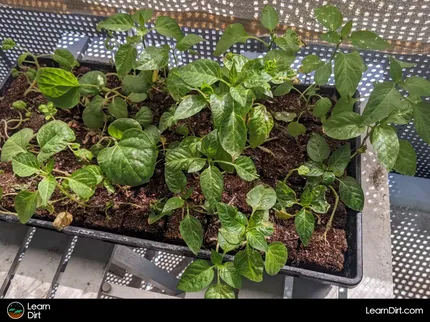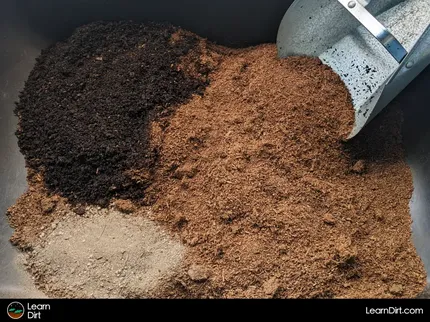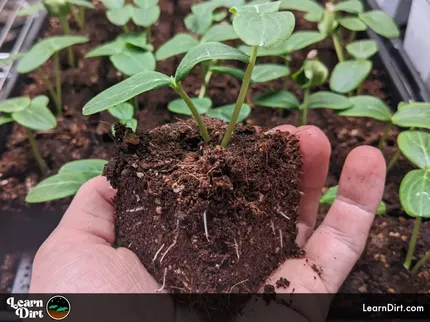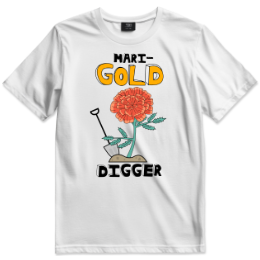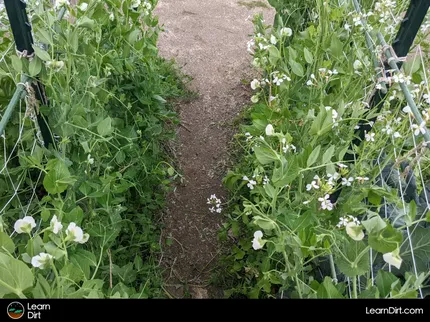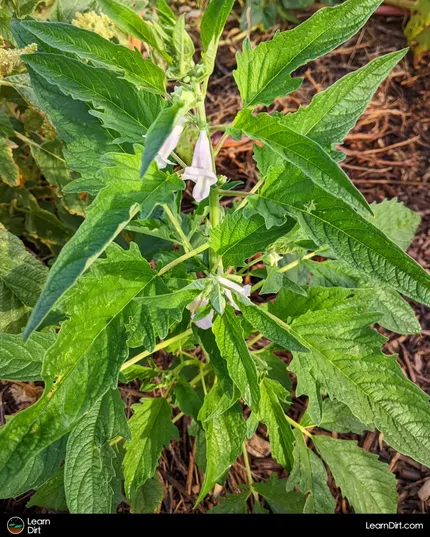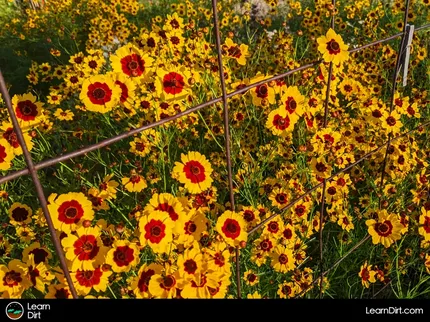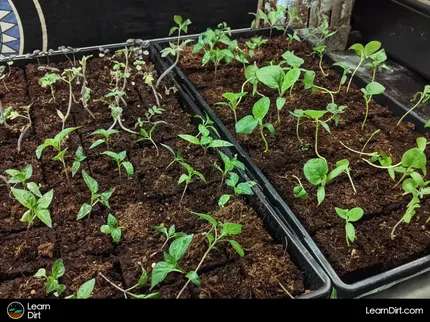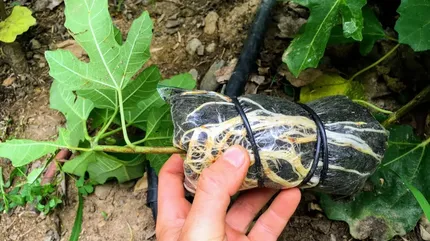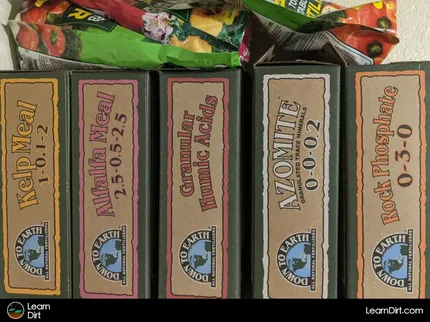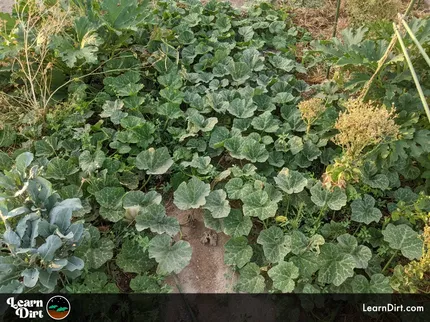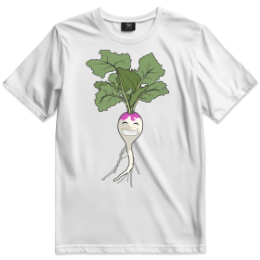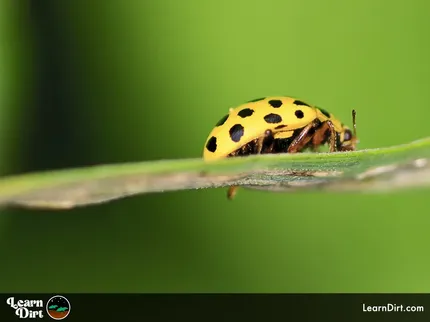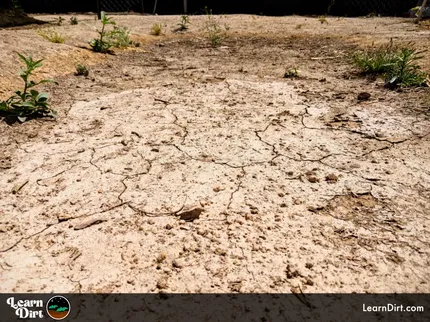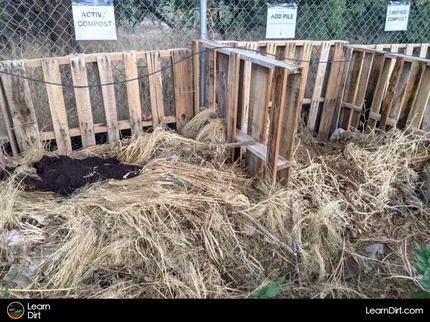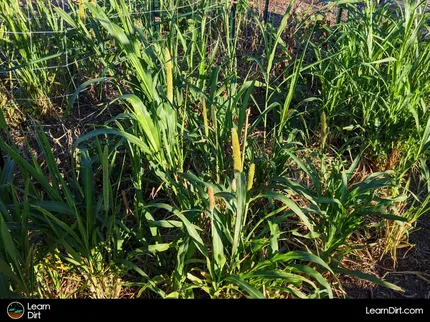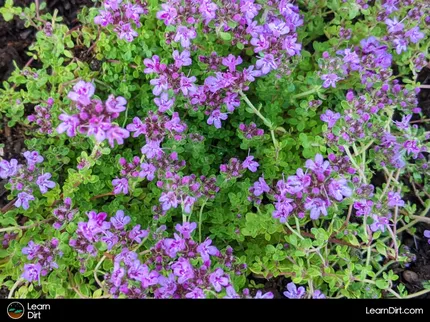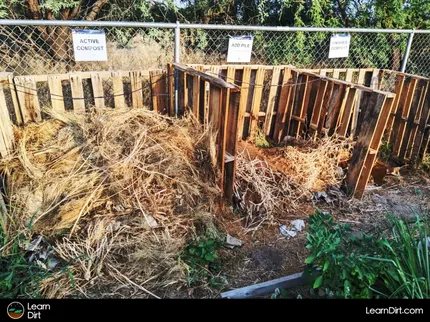Table of Contents
- What Is Seed Germination Rate?
- Why Should You Test Seed Germination Rate?
- Problems With Not Testing Germination Rates
- Seed Germination Test Methods
- Calculating Germination Percentage
* Our articles never contain AI-generated slop *
Testing your germination rate on seeds is especially important if you have any interest in knowing roughly how many seeds to plant.
Let's talk seed germination rate testing, how to do it, and why you should care.
What Is Seed Germination Rate?
For a given batch of seeds, the germination rate represents the average viability rate of a sample of seeds. That is to say, the average success rate at germination.
Disclaimer: This post may contain affiliate links. Refer to the privacy policy for more information.
If, for example, a sample of 50 seeds is germinated from a batch of 5,000. 34 of the 50 seeds sprout successfully. We would say that the germination rate of the batch is ~68% (34/50).
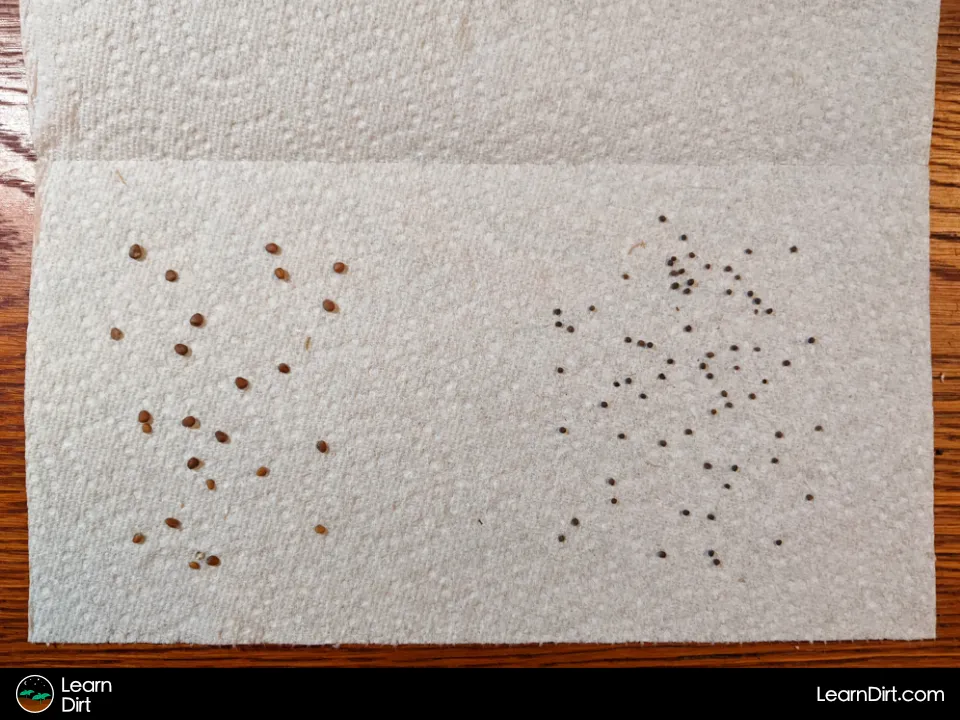
Why Should You Test Seed Germination Rate?
In the hypothetical example above we saw a germination rate of 68%.
Since this is closer to 50% than 100%, we could use this data to inform our decision about how many seeds to plant in each space.
In this case, 2 seeds per space would raise our germination rate per space up to 136% (2 * 68%), and give us great chances that we'll have at least one plant in each space.
If instead our seeds had a 96% germination rate, we could probably safely reduce our planting to 1 seed per space, assuming that most would germinate.
It's always a great idea to know the germination rate of the seeds you're planting, and plant a number of seeds per space which assures you'll likely have success.
Join The Grower's Community
Find your people.
Your voice matters here 🌱
Check It Out!
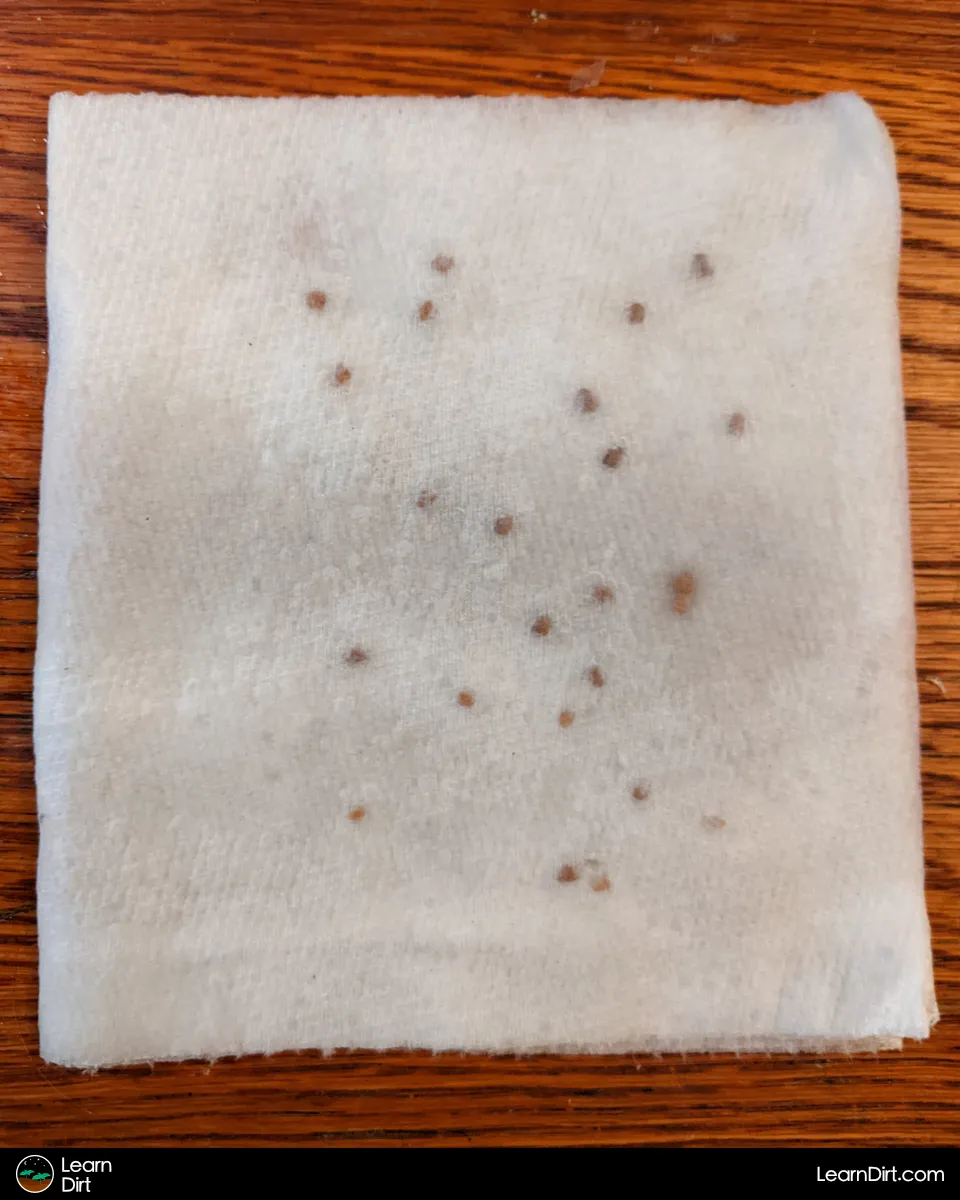
Problems With Not Testing Germination Rates
I saved seeds from a large batch of butternut squash a couple seasons ago.
Because of time constraints, I was forced to harvest all butternut squash at once, rather than wait for each vine to finish and properly cure prior to harvest. This meant some squash were fully cured, but some were underripe.
As you can imagine, this greatly reduced the viability of the seeds saved from these squash.
I then neglected to test the germination rate of these seeds and assumed them to be much more viable than they would turn out to be.
When the next butternut squash season came 'round, I eagerly planted all the seeds I'd saved from the squash that grew so well for me previously.
Expecting the world, I diligently watered the seeds daily to help them get off to a great start.
Weeks passed, but almost no seedlings sprouted. I scratched my head. Surely I had planted hundreds of seeds. Why was I only seeing a handful of sprouts at most?
Later it would hit me that my previous butternut harvest had been frantic and rushed, that many of the fruit were not fully developed or not properly cured.
That I had done no germination rate testing, and that I had assumed many of the seeds would sprout becuase most of them looked great. That assumption came back to bite me.
Instead of a garden trellis covered in lush butternut squash vines producing fruit, I had a bare sad trellis withi nothing growing on it.
This mistake cost me a full season of squash production. Had I tested the germination rates of my saved seeds ahead of time, I would have realized they were exceptionally low.
I would have purchased fresh viable seeds to rely on, and only used by saved seeds as additional supplementation. I would have relied on reliable seeds, rather than betting my main crop on an unknown germination rate.
This is why testing germination rate of saved seeds is especially important, as is buying seeds from reputable sellers like Johnny's who provide germination rate testing information on all their seed packets.
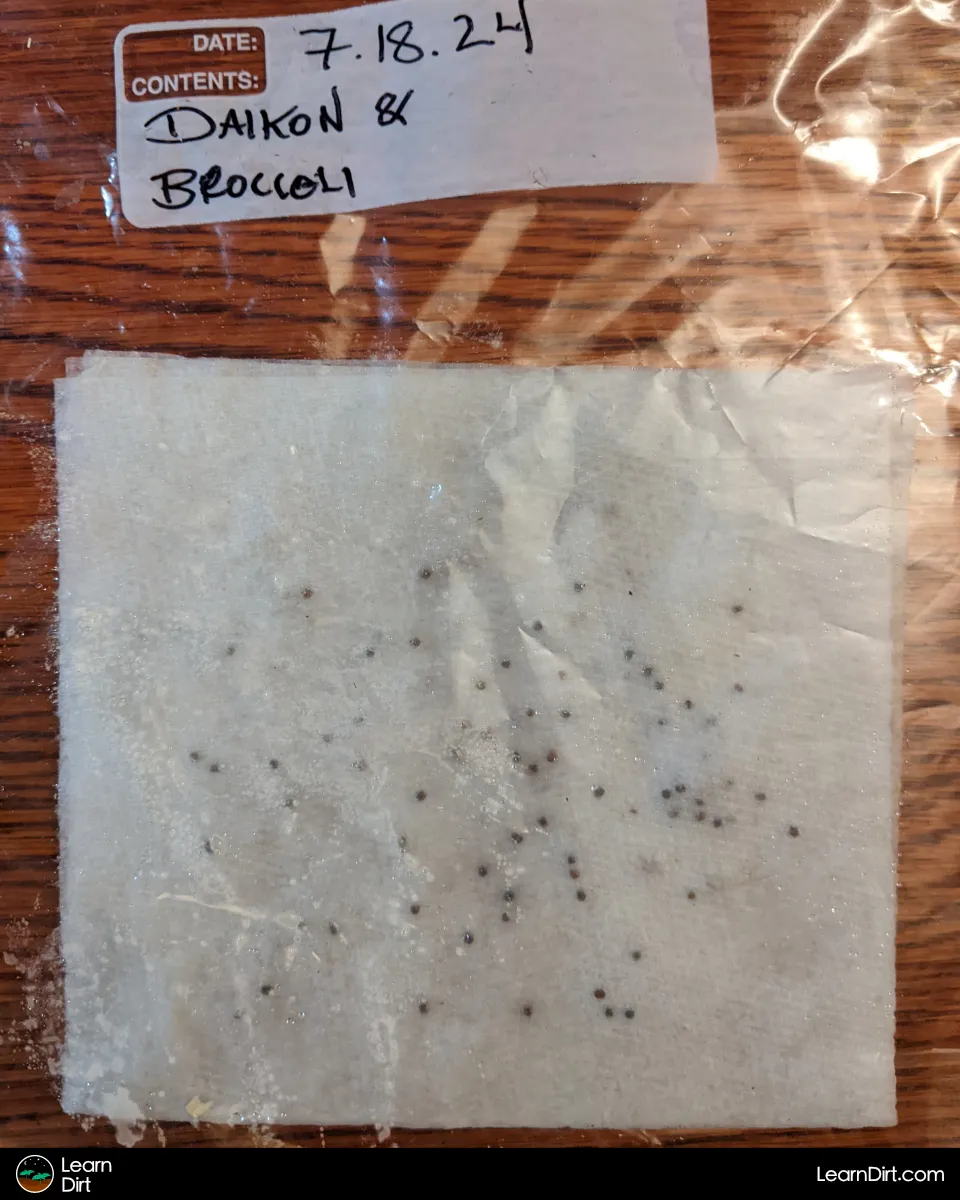
Seed Germination Test Methods
To test the germination rate of your seeds, you'll need to first choose a germination method. The two methods generally considered the most reliable for germinating seeds are:
- Paper Towel Method
- Jar of Water Method
Let's take a look at these methods and see how they work:
Paper Towel Method
- A representative selection of seeds is chosen to test
- Seeds are placed on a paper towel, which is then folded over on top of them
- Paper towel is dampened with filtered water, but not dripping wet
- Damp paper towel is placed into a Ziploc bag or airtight container
- Check back frequently until germination!
Some notes about this method:
Filtered water is preferred, as chlorine and chloramines are removed. Not strictly required.
Water which has been pH-adjusted to ~6.5 (for most veggie seeds) is preferred. Not strictly required.

22 of 24 seeds sprouted, making our germination rate 91.7% for daikon (22 / 24 = .917).
Jar of Water Method
- A representative selection of seeds is chosen to test
- Seeds are placed in a mason jar
- Jar is filled most of the way with filtered water
- Some seeds require light to germinate, while other require darkness. Leave the jar in a dark place or a sunny place depending on the requirements of your seeds.
- Check back frequently until germination!
Some notes about this method:
As with the Paper Towel Method, properly-filtered water is always preferred to remove chlorine and chloramines. Not strictly required.
Dig Cool Merch?
As with the Paper Towel Method, water which has been pH-adjusted to ~6.5 (for most veggie seeds) is always preferred, though not strictly required.
Calculating Germination Percentage
Let’s say you tested 30 lettuce seeds, and 27 of them sprouted.
To find the germination rate:
27 ÷ 30 = 0.9
0.9 × 100 = 90%
So your germination rate for lettuce is 90%.
Germination Rate Calculator
That's all for now, thanks for reading!
If you have any questions, comments, or would like to connect with fellow gardeners, head on over to the forum and post there.




